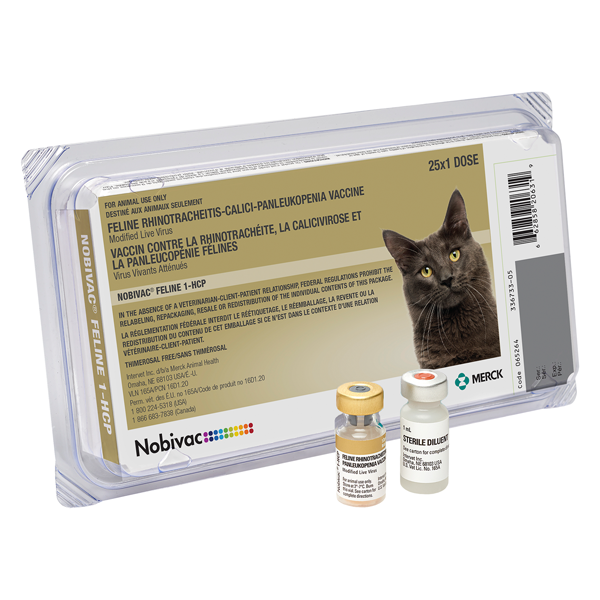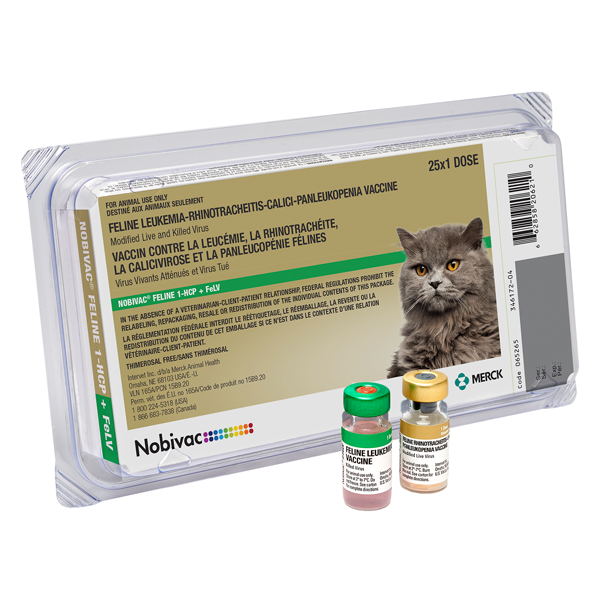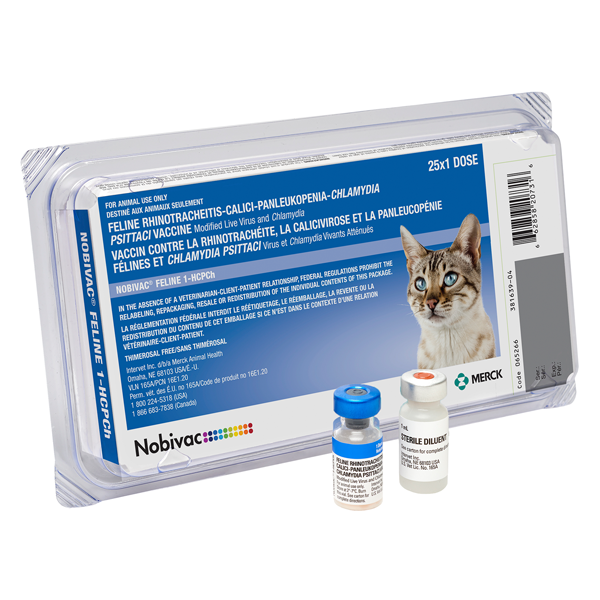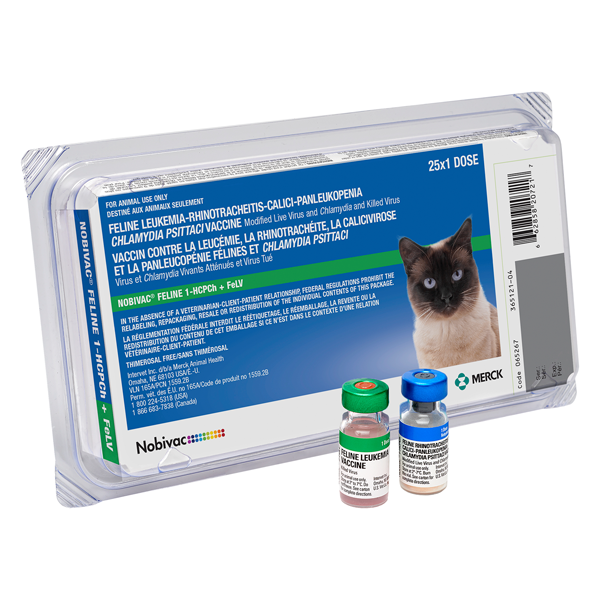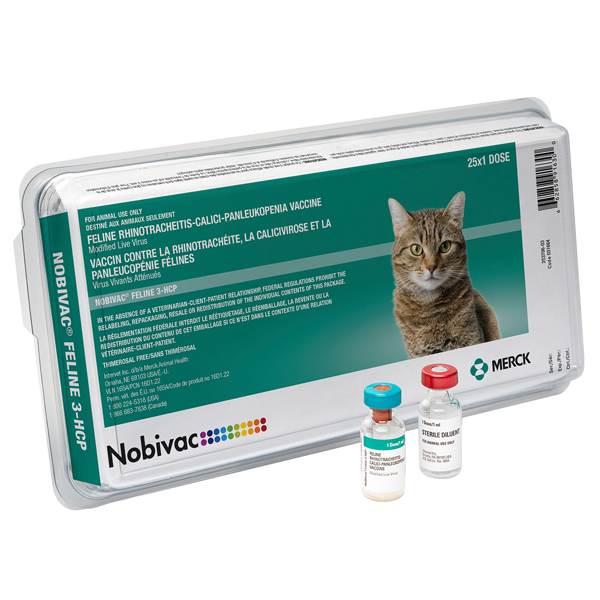Disease Overview
Rhinotracheitis is a respiratory disease caused by herpesvirus-1. “Rhinotracheitis” means inflammation of the nose and windpipe, or trachea. Herpesvirus-1 also affects the reproductive tract and can cause problems during pregnancy. Feline herpesvirus type 1 is responsible for 80% to 90% of infectious feline upper respiratory diseases.6
Merck Animal Health Solutions
For Feline Rhinotracheitis
Transmission
Feline rhinotracheitis is spread between cats through direct contact with the eyes or nose of an infected cat or through contaminated objects, such as food and water bowls.
Clinical Signs
- Sneezing
- Discharge from the eyes and nose
- Conjunctivitis (inflammation of the membrane lining the eyelid)
Risk Factors
- Cats that board often or come from a shelter environment
- Cats in multiple cat households
- Kittens and elderly cats have a higher risk of infection7
- Indoor/outdoor cats are both at risk
References:
6. American Association of Feline Practitioners. Vaccine-Associated Feline Sarcoma Task Force. Feline vaccines: benefits and risks. Available at: http://www.avma.org/vafstf/rbbroch.asp. Accessed December 29, 2011.
7. Gaskell R, Dawson S, Radford A. Feline respiratory disease. In: Greene CE, ed. Infectious Diseases of the Dog and Cat. 3rd ed. St. Louis, MO: Saunders/Elsevier; 2006:149.


